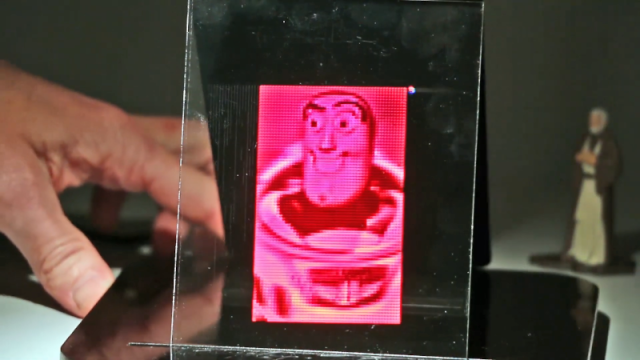[…]
indie developer Jason Rohrer has added a new wrinkle by creating an NFT auction using artwork he commissioned from other people in 2012—long before NFTs were ever created.
NFT is short for “non-fungible token,” a cryptographic token that is, unto itself, one of a kind. NFTs have been tied to images, videos, and even basketball collectibles, with some selling for millions of dollars. The images and videos can exist anywhere—on Twitter, TikTok, YouTube, or what have you—and their original creators can still maintain rights to those works. So what people are really paying for is a token that they verifiably own, via blockchain technology. The value of these tokens is derived entirely from artificial scarcity. While NFTs have been around since 2017, they’ve skyrocketed in popularity in recent months, with (mostly) prominent, established artists cashing in on an unregulated speculative market that has attracted wealthy buyers in droves. It is also, as with many things related to the blockchain, an environmental catastrophe that is riddled with scams.
This week, Rohrer, creator of indie standout games like Passage, The Castle Doctrine, and One Hour One Life, debuted an NFT auction called “The Crypto Doctrine.” It’s a Dutch auction, meaning that prices start high and fall over time. It launched with 155 paintings that Rohrer originally commissioned in 2012 for use in The Castle Doctrine, a controversial game about home defense.
“Inside the game world, only one player can own each painting, but paintings can be stolen by other players through in-game burglaries, which are completely legal,” reads The Crypto Doctrine’s description. “In the real world, only one person can own each non-fungible painting token, but tokens can be stolen by other people through real-life burglaries, which are completely illegal. Please acquire your tokens responsibly.”
As of today, there are 145 paintings in the auction. This, Rohrer told Kotaku, is because three artists have gotten in touch with him asking to have their paintings removed, and he has complied.
Artists were surprised to see their works appear in The Crypto Doctrine, and others took umbrage on their behalf in the responses to Rohrer’s tweet about the auction. In an email, Rohrer told Kotaku that he did not ask permission to sell people’s works as NFTs “mostly because having email conversations with 50+ people would exceed my bandwidth as a solo creator.” Rohrer does not believe many of the paintings will sell, though he did say that people have placed bids on two of them. He added that if any works do sell, he will share the resulting windfall with their creators.
Originally, Rohrer obtained these works in 2012 from creators he characterizes as “personal friends and relatives.” For this reason, he says, there were “no written contracts” involved. The page he made requesting artwork at the time informed creators that “your artwork will be auctioned, bought, prized, collected, coveted, stolen, re-stolen, reclaimed by the state, and auctioned again. Over and over, for the effective life of my game.” Granted, this was in reference to in-game actions and auctions—not real-life ones.
When word reached voice actress and writer Ashly Burch, whose work is part of the auction, she had yet to hear of NFTs. After doing some research, however, she was not pleased to learn that her art was being sold in that form.
“I definitely did not consent to him selling the art as an NFT,” she told Kotaku in a DM. “I mean, it was years ago. And the understanding was that it would be a piece of art in the game. That’s it…Definitely did not foresee this particular development.”
Game creator and scholar Andy Nealen also took issue with his art being included with the NFT auction and said as much publicly.
“I am not a fan, to put it mildly, but am deeply opposed to the current trend towards artificial scarcity of digital objects, for numerous reasons,” Nealen told Kotaku in an email. “The fact that this selfish, techno-anarchist move is also causing unprecedented environmental damage-in a time when we need the opposite-just solidifies my stance…I couldn’t care less whether Jason ‘claims ownership’ over my (infinitely replicable) digital art. But you can see that, for me, being at all involved with the enormous scam and betrayal of humanity that the blockchain represents, that’s simply a step too far.”
[…]


